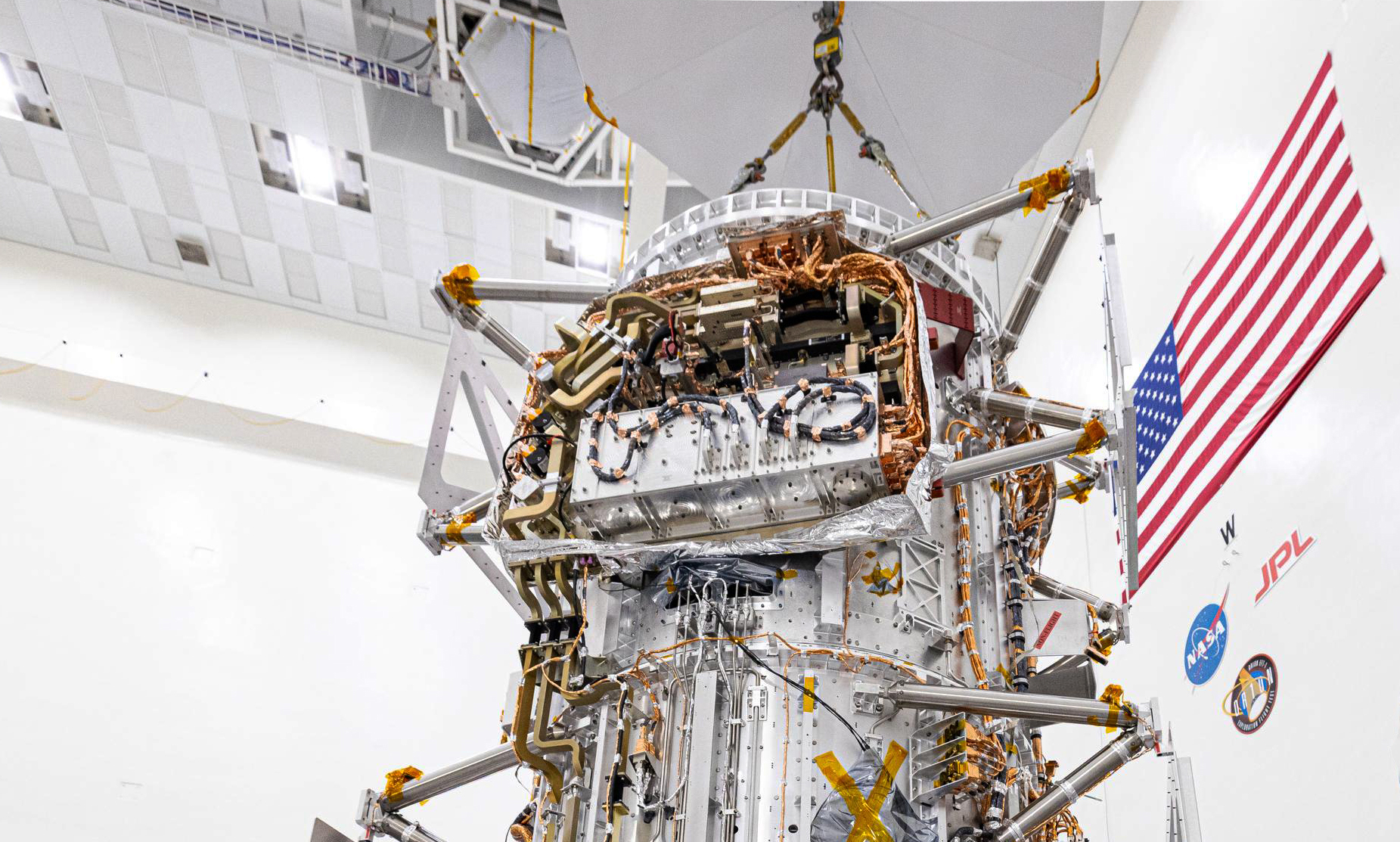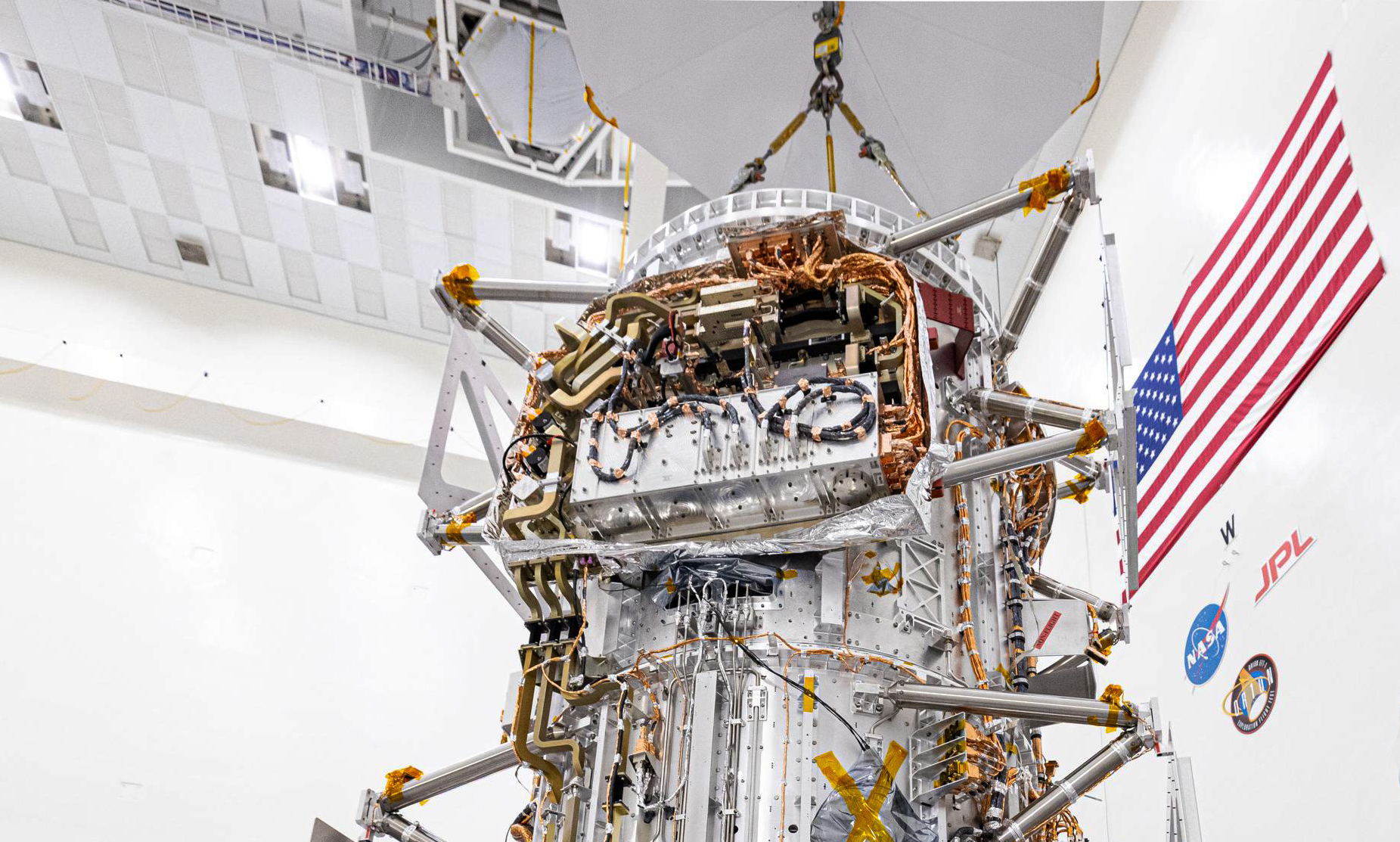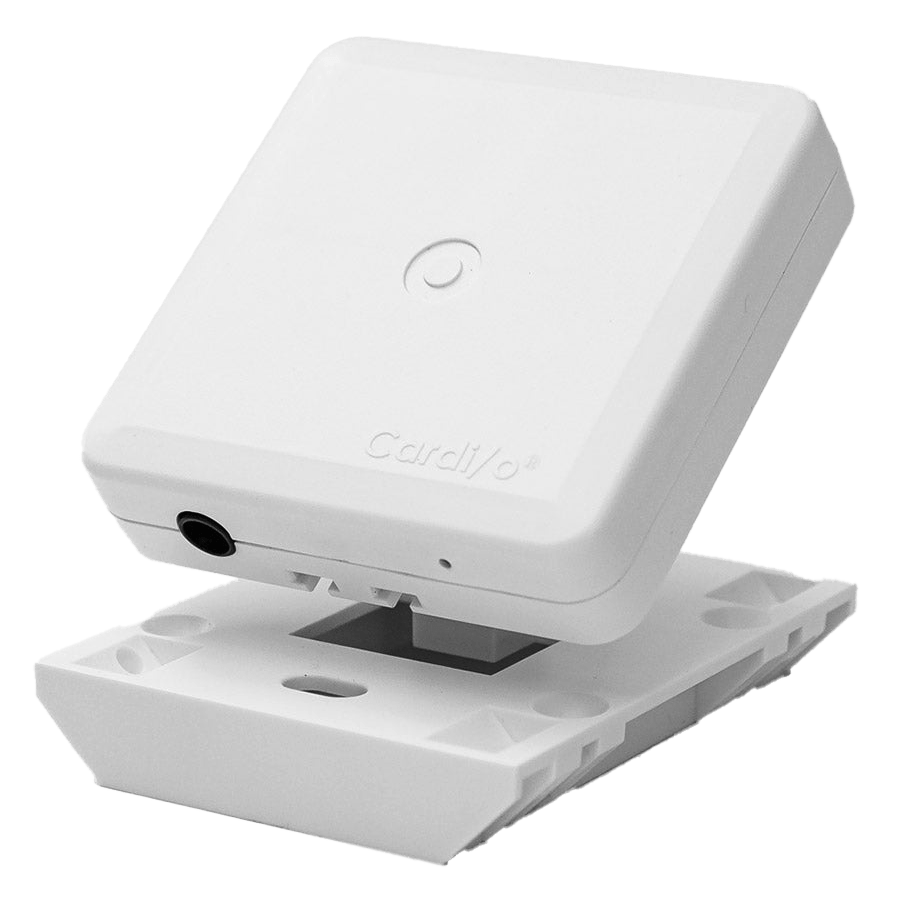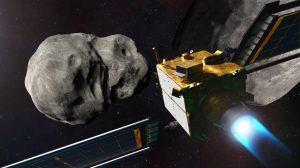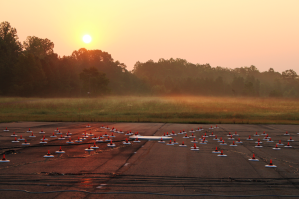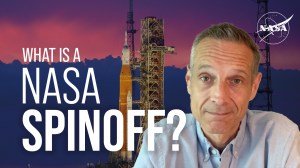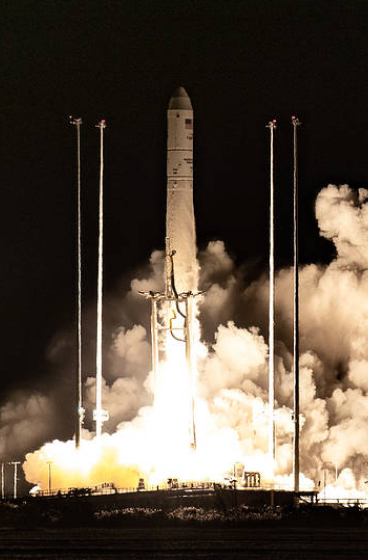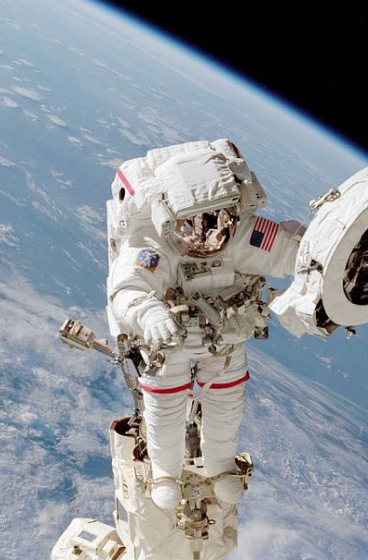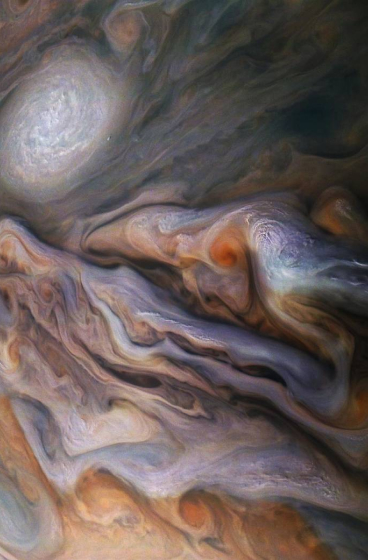2 min read
Preparations for Next Moonwalk Simulations Underway (and Underwater)
Even before we’re aware of heart trouble or related health issues, our bodies give off warning signs in the form of vibrations. Technology to detect these signals has ranged from electrodes and patches to watches. Now, an innovative wall-mounted technology is capable of monitoring vital signs. Advanced TeleSensors Inc. developed the Cardi/o Monitor with an exclusive license from NASA’s Jet Propulsion Laboratory in Southern California.
Over the course of five years, NASA engineers created a small, inexpensive, contactless device to measure vital signs, a challenging task partly because monitoring heart rate requires picking out motions of about one three-thousandth of an inch, which are easily swamped by other movement in the environment.
By the late 1990s, hardware and computing technology could meet the challenge, and the NASA JPL team created a prototype the size of a thick textbook. It would emit a radio beam toward a stationary person, working similarly to a radar, and algorithms differentiated cardiac and respiratory activity from the “noise” of other movements.
When Sajol Ghoshal, now CEO of Austin, Texas-based Advanced TeleSensors, participated in a demonstration of the prototype, he saw the potential for in-home monitoring. By then, developing an affordable device was possible due to the miniaturization of sensors and computing technology.
The Cardi/o Monitor is 3 inches square and mounts to a ceiling or wall. It can detect vital signs from up to 10 feet. Multiple devices can be scattered throughout a house, with a smartphone app controlling settings and displaying all data on a single dashboard. The algorithms NASA developed detect heartbeat and respiration, and the company added heart rate variability detection that indicates stress and sleep apnea.
If there’s an anomaly, such as a dramatic heart rate increase, an alert in the app calls attention to the situation. Up to six months of data is stored in a secure cloud, making it accessible to healthcare providers. This limits the need for regular in-person visits, which is particularly important for conditions such as infectious diseases, which can put medical professionals and other patients at risk.
Through the commercialization of this life-preserving technology, NASA is at the heart of advancing health solutions.


